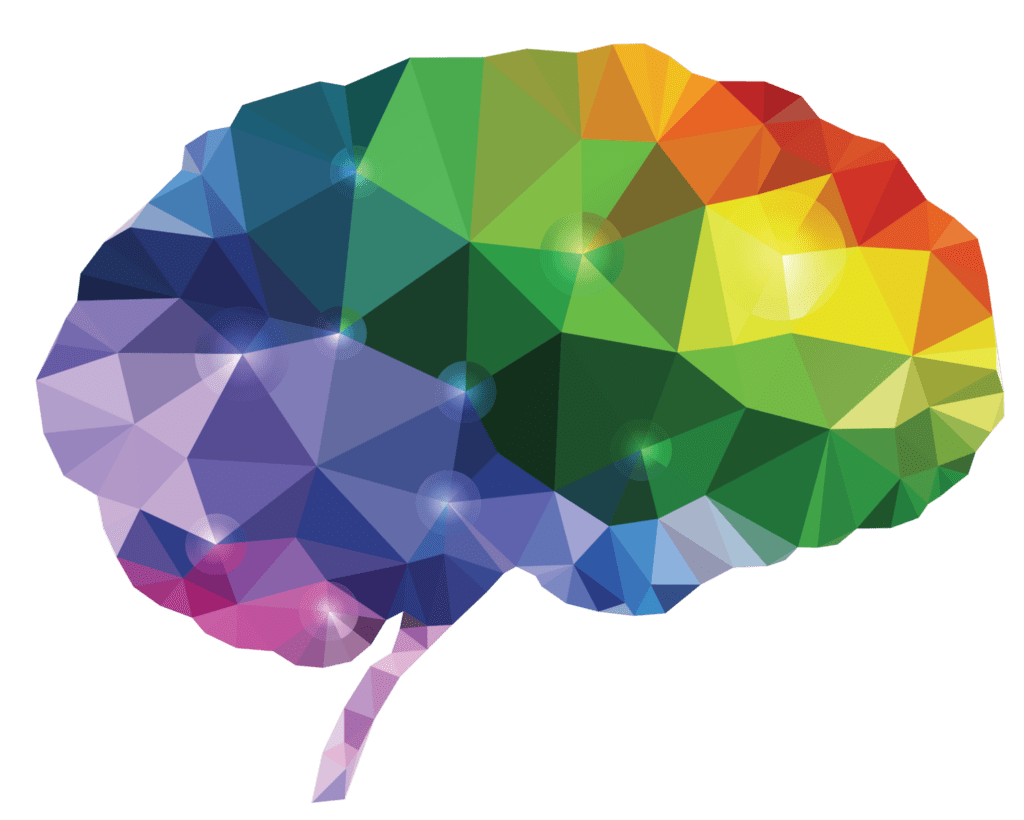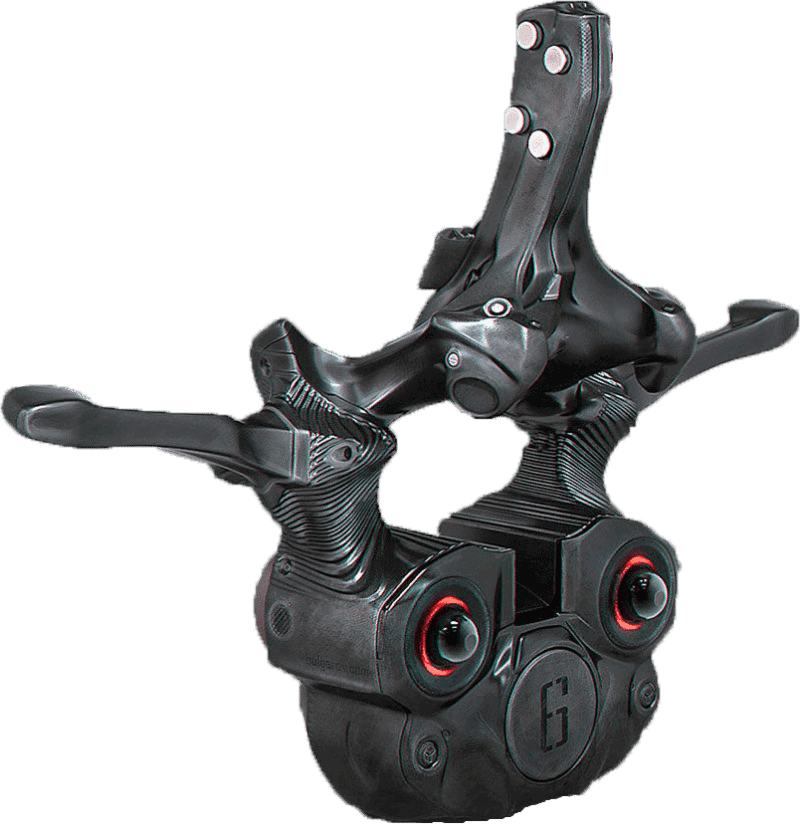Neurosurgical Advanced Tools to Achieve The Best Treatment Outcome
Dr Aliashkevich is skilled in using a range of advanced neurosurgical tools and will be able to select the most appropriate techniques for each patient’s specific needs. He adapts to new technologies as they become available, continuously improving his ability to achieve the best treatment outcomes for all patients. He applies keyhole, image-guided, robotic and motion-preserving technology in all aspects of operative approaches.
NEUROSURGICAL CONSULTATIONS
Spinal Problems
Degenerative conditions:
– neck and back pain
– sciatica (neuropathic or radicular leg pain)
– brachialgia (neuropathic or radicular arm/shoulder/hand pain)
– prolapsed cervical, thoracic and lumbar discs
– spinal disc degeneration
– spondylosis and spondylitis(spinal degeneration)
– deformity (scoliosis and kyphosis)
– sagittal and coronal imbalance
– facet arthropathy (arthritis and degeneration of the facet joints)
– cervical and thoracic myelopathy and radiculopathy
– lumbar radiculopathy
– cauda equina syndrome/compression
– spondylolisthesis and spondylolysis (slipped vertebrae)
– spinal instability
– spinal canal stenosis
– neurogenic claudication
– spinal cord compression
– foraminal stenosis
– nerve root compression
– osteoporosis and osteopenia
Tumours:
– vertebral metastases
– spinal cord tumours
Trauma:
– spine fractures
– spinal instability
– traumatic disc herniations
– annular fissures
– whiplash
Vascular pathology:
– vertebral haemangiomas
– spinal cord cavernoma
– spinal arteriovenous malformations
– dural arteriovenous fistulas (dAVF)
Infections:
– spondylitis
– spondylodiscitis
– epidural abscess
Cerebrospinal fluid (CSF) disorders:
– Syringomyelia
– Tarlov’s cysts
– Arachnoid cysts
Please contact our office for further information and expert onion about spinal conditions that can be treated by Dr Aliashkevich, neurosurgeon and spine surgeon.
NEUROSURGICAL EXPERTISE
Brain Conditions
Tumours:
– meningioma
– glioma(GBM, anaplastic astrocytomas, oligodendrogliomas)
– cerebral metastasis
– vestibular schwannoma (acoustic neuroma)
– pituitary adenoma
– dermoid and epidermoid cysts
– Rathke’s cleft cyst
– fibromuscular dysplasia
– osteoma
Trauma:
– subdural and extradural haematoma
– intracerebral haemorrhage
– depressed skull fractures
– CSF leakage (rhinorrhea and otorrhoea)
– skull defects
– concussion
– post-concussion syndrome
Infections:
– osteomyelitis
– empyema
– meningitis
– encephalitis
– intracerebral abscess
CSF disorders:
– CSF leakage
– hydrocephalus
– Chiari malformation
– colloid cysts
– pineal cysts
– arachnoid cysts
– idiopathic intracranial hypertension
Vascular pathology:
– cerebral aneurysm
– arteriovenous malformation (AVM)
– cavernoma
– dural arterio-venous fistula (dAVF)
– arterial stenosis
– vertebrobasilar insufficiency
Neurovascular compression disorders:
– trigeminal neuralgia
– glossopharyngeal neuralgia
– hemifacial spasm
Please contact our office for further information and expert onion about brain conditions that can be managed by Dr Aliashkevich, neurosurgeon.
NEUROPATHY AND NEURALGIA
Nerve Problems
– median neuropathy (carpal tunnel syndrome)
– ulnar neuropathy (cubital tunnel syndrome)
– occipital neuralgia
– meralgia paraesthetica
– nerve sheath tumours (schwannoma)
– intrinsic tumours (neuroma, neurofibroma)
– nerve pain
– nerve injuries
– nerve compression
MOTION-PRESERVING PROCEDURES
Spinal Surgery
– lumbar and thoracic microdiscectomy
– cervical, thoracic and lumbar laminectomy and decompression
– foraminotomy
– spinal decompression
– cervical and lumbar disc replacement (arthroplasty)
– anterior cervical discectomy and fusion (ACDF)
– occipito-cervical fusion
– cervical, thoracic and lumbar corpectomy (vertebrectomy)
– lumbar fusions (ALIF, PLIF, TLIF, XLIF, OLIF)
– pedicle screw instrumentation
– cervical, thoracic and lumbar laminoplasty
– posterior cervical thoracic and lumbar fusion
– removal of AVM, cavernomas and tumours
– odontoid screw fixation
– minimally invasive surgery
– image-guided and robotic spine surgery
– syrinx shunt
– pain pump
– spinal cord stimulation
– cauda equina surgery
– posterior cervical fusion
– spinal cord tumour resections
– scoliosis surgery
– vertebroplasty and kyphoplasty
IMAGE-GUIDED APPROACH
Brain and Skull Surgery
– craniotomy (including awake)
– aneurysm clipping
– AVM and cavernoma excision
– neuronavigation/stereotaxy
– cranioplasty (skull repair and reconstruction)
– ventriculoperitoneal (VP) and ventriculoatrial (VA) shunting
– endoscopic third ventriculostomy
– foramen magnum decompression
– microvascular decompression
MICROSURGERY
Peripheral Nerve Surgery

Appointments
After taking your history and performing examinations, your imaging will be reviewed and discussed with you. Understanding the problem is essential in finding the best possible solution and good quality radiological investigations play an important role in visualising any structural changes and abnormalities.
Very often, additional and more detailed radiological investigations will be required. These may include:
– MRI (magnetic resonance imaging) including weight-bearing scans and MR angiography,
– CT (computed tomography),
– SPECT (single-photon emission computed tomography),
– flexion/extension, lateral bending and other specific types of X-Rays,
– EOS imaging (low dose 3D imaging in natural standing position),
– DEXA bone mineral density measurements,
– ultrasound and other studies.
For certain neurological conditions, you may be referred to neurophysiological investigations, including nerve conduction studies, EMG (electromyogram), SSEP (somato-sensory evoked potentials) and MEP (motor evoked potentials).
Treatment Decisions
Once the cause of your problem is identified, we will discuss suitable management options. In most situations, there is more than one option available and surgery will be only the last resort when every other form of conservative treatment fails to improve your condition.
In order to help you make the right decision, we will discuss pros and cons of all possible modalities and explain expected outcomes during consultation. You will be provided with detailed information materials relevant to your condition to take home and discuss with your family.
A report to your General Practitioner will be dictated at the end of appointment and a copy will be sent to you as well.
Our primary goal would be to avoid operation, and this approach is proven as the safest and most effective in many scenarios. However, there are situations when surgery is the final and necessary step to improve patient’s condition and quality of life.
When it comes to surgery, it is naturally not always easy to make this important decision. Understanding the problem and range of available alternatives is very helpful.

